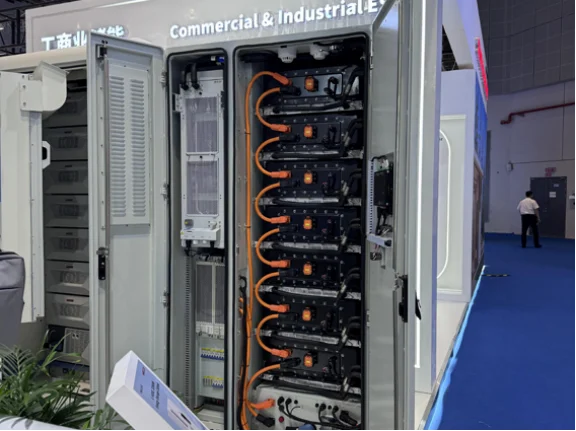Hook: “Your energy storage system isn’t failing – it’s just sweating bullets in an outdated thermal straightjacket.”
For energy storage, air-cooled battery racks have long been the norm. Upon closer inspection, though, it’s apparent they are the thermal equivalent of trying to cool a server farm with desktop fans. The consequences of this inefficient approach are many and far-reaching.
Capacity Shrinkage: Every 10℃ above 25°C = 50% faster capacity fade (NREL data). This means that as temperature rises, the battery’s ability to hold and deliver energy is lost at a staggering rate. It is like a slow but steady erosion of the battery’s potential, silently consuming its lifespan and performance.
Safety Roulette: A whopping 68% of thermal runaway events are directly caused by ineffective cooling. When the heat builds up within the battery system without sufficient dissipation, the risk of a catastrophic thermal runaway incident rises exponentially. This not only puts the equipment and immediate surroundings at risk but also leads to costly downtime and potential damage.
Revenue Leakage: A mere 1℃ overshoot can lead to a noteworthy 2.3% revenue loss in frequency regulation markets. In a time when every percentage point matters, such losses can quickly add up and make a big difference in the bottom line of energy storage companies.
Now, let us explore the triple threat that liquid cooling has in store.
Precision Strike: Liquid cooling delivers a precision strike by using direct-contact cold plates that absorb heat at the source itself. It is like applying ice packs directly to the muscles instead of trying to cool the whole gym. This precision strike ensures that the heat is removed with optimal efficiency, allowing the battery to operate at its optimal temperatures.
Energy Diet: Another of the standout advantages of liquid cooling is that it reduces cooling energy usage by a huge margin. It drops from the 15-20% range under air cooling to a point of just 4-7% of overall system power. This means that more of the energy generated is available for actual storage and utilization, rather than being wasted in cooling. A win-win bargain that enhances the efficiency as well as the sustainability of the energy storage system.
Density Champion: Liquid cooling allows for batteries to be packed 40% closer without thermal compromise. It is a game-changer in savings on real estate. More batteries can be packed into a space, making the most out of the storage possibility without having to expand the physical footprint. It’s an achievement that would make Manhattan landlords jealous, as it makes the most of limited space and maximizes the return on investment.
To illustrate liquid cooling’s game-changing potential, let us look at a practical example. A Texas wind farm made the transition to liquid cooling in 2022. The result was nothing less than phenomenal. The output increased by a whopping 22% during the summer season. This means that more electricity is generated and available for the grid to cater to the growing demand in peak seasons. The cost of maintenance also decreased by a whopping 65%. The improved thermal management reduced the failure incidents and the need for long maintenance, both of which saved money and time. Moreover, the wind farm was able to achieve UL9540A fire safety certification in half the testing time. This shows the heightened safety features and reliability of liquid-cooled systems, which give peace of mind to operators and meet stringent safety requirements.
In short, liquid cooling holds the key to bidding farewell to thermal anxiety and unlocking your battery’s hidden superpowers. Liquid cooling delivers precision heat removal, energy efficiency, and increased density, transforming the way we think about energy storage. With the advent of liquid cooling technologies, energy storage systems can now operate at their full potential, delivering reliable power, reducing costs, and enhancing safety. It’s time to loose the limitations of air cooling and step into the future of thermal management – liquid cooling.

